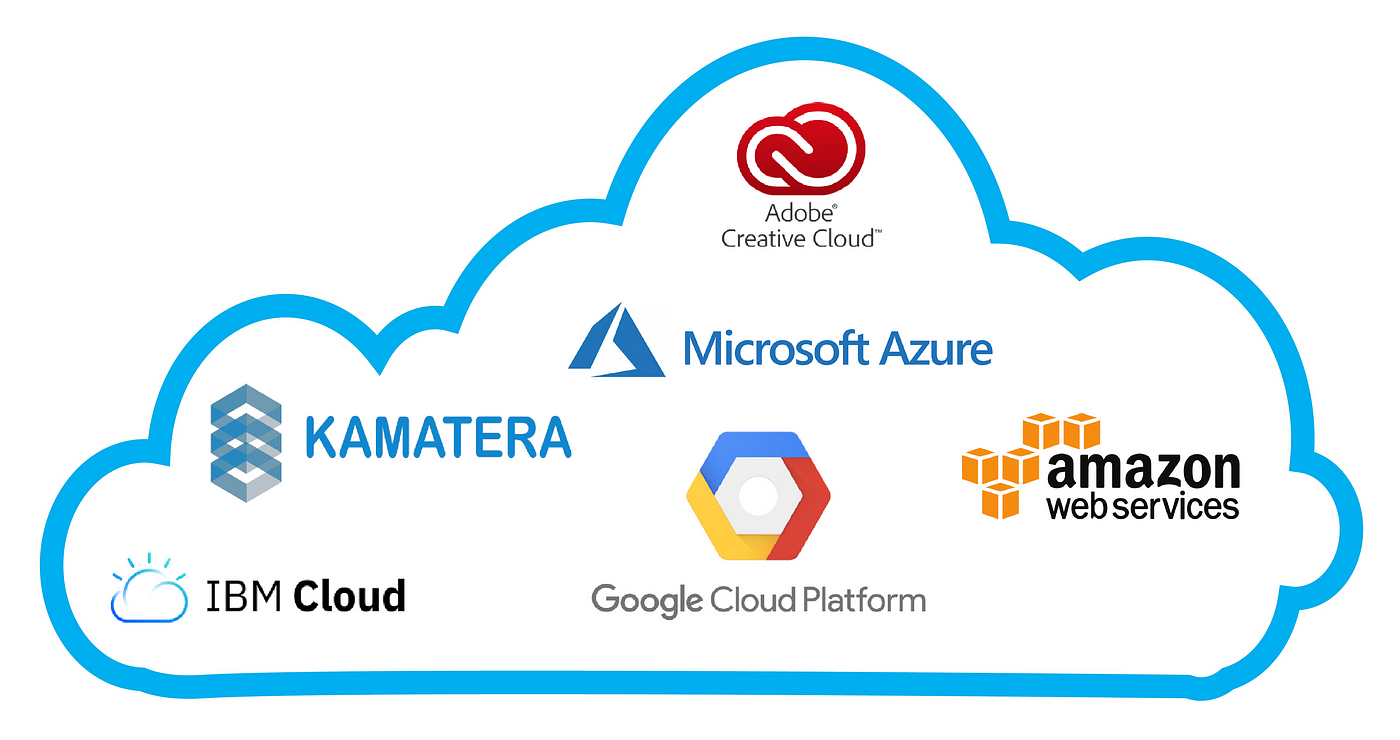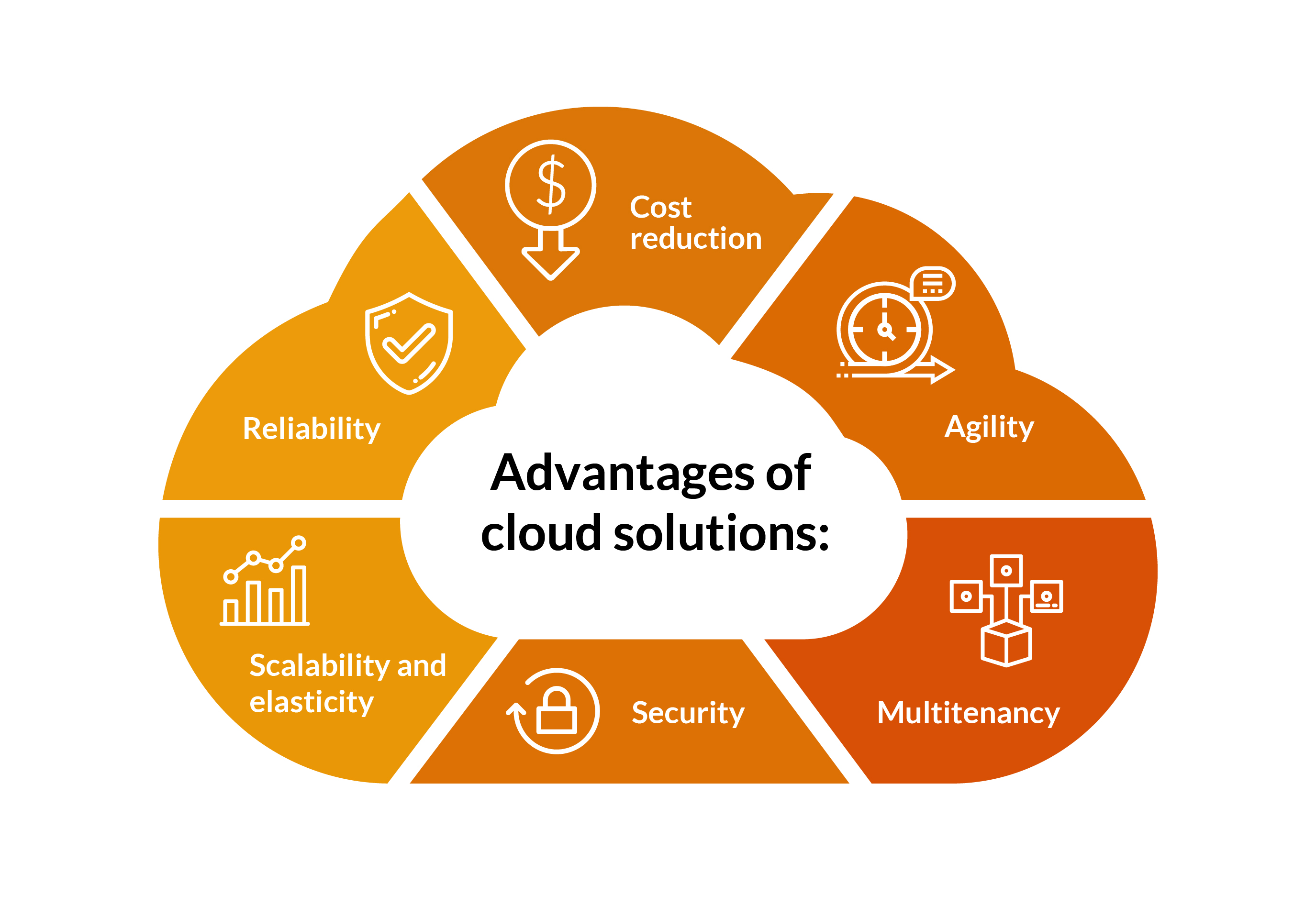Necessary Tips for LinkDaddy Cloud Services: Maximizing Your Universal Cloud Service Strategy
Necessary Tips for LinkDaddy Cloud Services: Maximizing Your Universal Cloud Service Strategy
Blog Article
Simplify Your Facilities With Cloud Solutions
As organizations browse the ever-evolving landscape of technology and information monitoring, the duty of cloud services in simplifying infrastructure has ended up being significantly noticeable. How can companies successfully browse this change and truly unlock the potential of cloud services for simplifying their facilities?
Benefits of Cloud Solutions
Cloud solutions supply a structured method to managing IT facilities, offering services with adaptability, scalability, and cost-efficiency. Among the crucial advantages of cloud services is the scalability they provide. Companies can easily scale their resources up or down based on need, guaranteeing they just pay for what they use. This versatility is specifically useful for businesses with fluctuating demands or those experiencing growth.
In addition, cloud services eliminate the requirement for organizations to invest in pricey software and hardware. This cost-efficiency is a substantial advantage, specifically for tiny to medium-sized ventures seeking to minimize in advance prices. By utilizing cloud services, companies can access high-quality IT sources without the substantial price connected with conventional framework setups.
Moreover, cloud solutions supply organizations with the flexibility to access their data and applications from anywhere with a net link. This level of accessibility improves partnership amongst groups, allows remote job, and raises total productivity. The versatility provided by cloud solutions empowers organizations to adjust quickly to changing market problems and consumer needs.
Cost Savings and Scalability
In enhancement to the operational benefits highlighted earlier, the integration of cloud services into a firm's facilities comes up with considerable cost financial savings and improved scalability. Cloud services use a pay-as-you-go version, permitting businesses to scale sources up or down based on present needs, therefore preventing the expenses connected with keeping excess capacity. This adaptability makes it possible for business to adjust swiftly to rising and fall needs without incurring unneeded costs.
Moreover, cloud services eliminate the demand for ahead of time financial investments in software and hardware, decreasing capital investment. Overhead are likewise reduced as firms no much longer need to take care of and preserve physical servers, leading to reduced energy consumption and IT staffing prices. Furthermore, cloud services give automated updates and maintenance, ensuring that the framework stays safe and secure and updated without requiring hand-operated interventions.
Enhanced Safety Steps
Applying rigid security measures is vital when integrating cloud solutions right into a firm's infrastructure to guard delicate data and make certain conformity with industry regulations. Cloud provider provide boosted protection functions such as information encryption, firewall program defense, and multi-factor authentication to minimize cybersecurity risks. Encryption assists secure information both at remainder and in transit, guaranteeing that only licensed individuals can access delicate details. Firewall programs work as a barrier between outside hazards and inner networks, surveillance and click this link controlling incoming and outgoing network traffic. Multi-factor verification adds an extra layer of protection by calling for individuals to give several kinds of confirmation before accessing the cloud solutions.
Moreover, routine security audits and compliance analyses assist make certain and recognize susceptabilities adherence to industry requirements. Companies can also benefit from functions like computerized safety updates and real-time danger monitoring provided by cloud company. By prioritizing safety and security measures and staying aggressive in attending to possible risks, services can confidently take advantage of cloud solutions while securing their beneficial data from unauthorized gain access to or breaches.
Transitioning to Cloud Facilities
To effectively integrate cloud services into a business's framework, a structured strategy that attends to the shift in the direction of cloud-based solutions is crucial. Transitioning to cloud framework includes mindful planning and execution to make certain a smooth movement process. The primary step is to analyze the current facilities and figure out which applications and systems are suitable for migration to the cloud. This assessment needs to think about variables such as data sensitivity, compliance requirements, and performance requirements.
When the evaluation is full, a movement approach should be developed. This method needs to detail the timeline, resources, and duties for moving each component to the cloud. It is important to connect this strategy clearly to websites all stakeholders to ensure placement and decrease interruptions during the shift.
Throughout the migration screening, process and surveillance are vital to determine and deal with any issues quickly. Routine checkpoints should be established to track development and make essential adjustments. In addition, training for employees on using cloud services should be offered to make certain a successful transition and make the most of the advantages of the new framework.
Ideal Practices for Cloud Fostering
Effective fostering of cloud solutions pivots on the tactical positioning of organization purposes with technical capabilities and business preparedness. To make sure a smooth shift to the cloud, organizations need to start by conducting an extensive assessment of their current framework and identifying which workloads are best suited for cloud movement. It is essential to entail essential stakeholders from different divisions in the decision-making process to gain buy-in and attend to any issues beforehand.
Another best practice for cloud fostering is to prioritize protection visit their website and compliance. Organizations should carefully review the protection steps supplied by cloud company and make sure that their data is secured according to sector criteria and regulative requirements. Applying durable data encryption, accessibility controls, and normal safety audits can assist alleviate dangers related to cloud adoption.

Verdict

As services navigate the ever-evolving landscape of innovation and information monitoring, the duty of cloud solutions in streamlining framework has come to be significantly prominent - universal cloud Service. Exactly how can organizations effectively navigate this shift and absolutely unlock the potential of cloud services for simplifying their framework?
Cloud services offer a streamlined method to managing IT framework, providing businesses with cost-efficiency, scalability, and adaptability. By utilizing cloud services, companies can access high-quality IT resources without the hefty price tag associated with standard framework arrangements.
To make certain a smooth change to the cloud, companies must begin by performing a detailed evaluation of their present facilities and determining which workloads are best suited for cloud movement.
Report this page